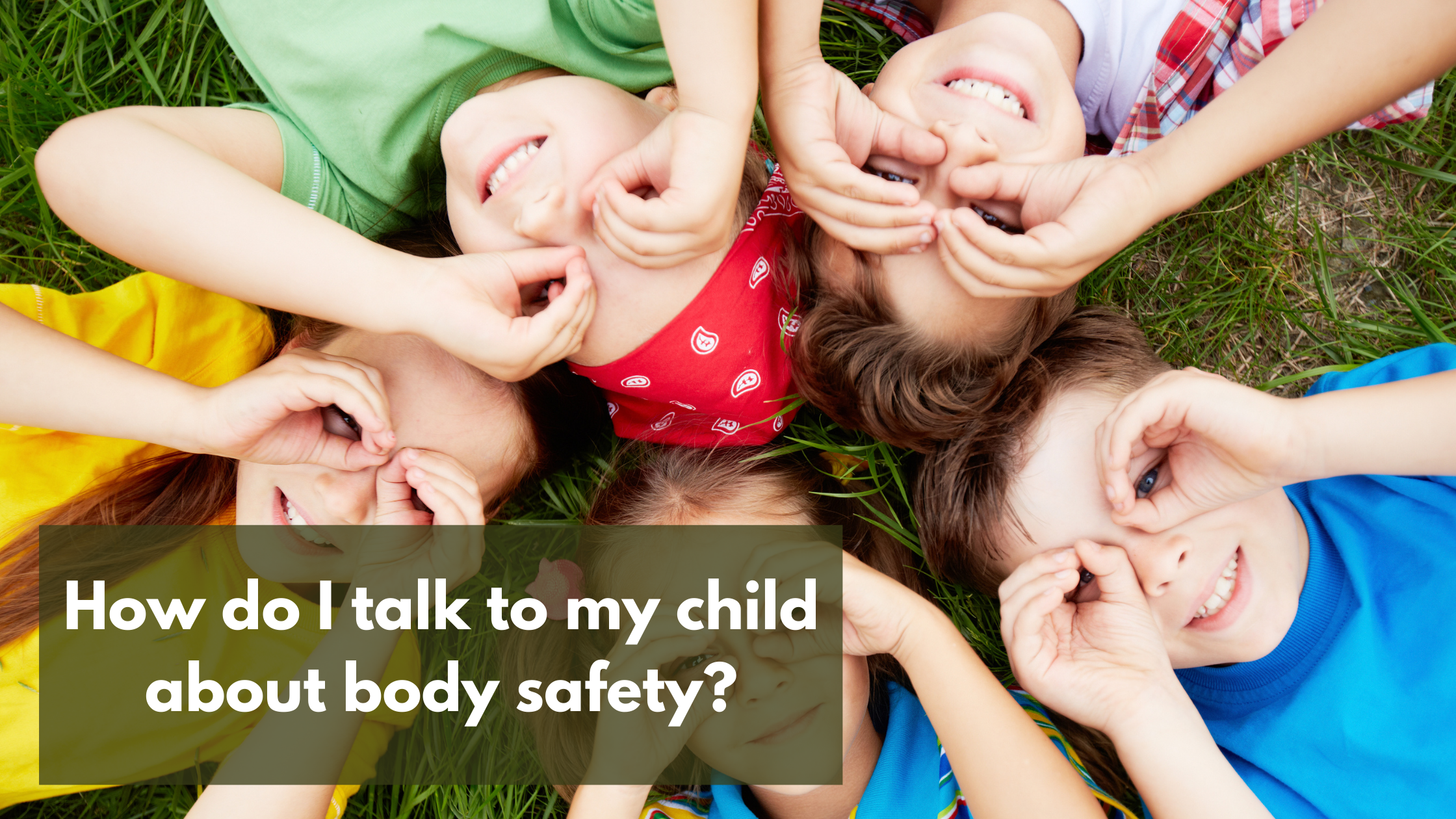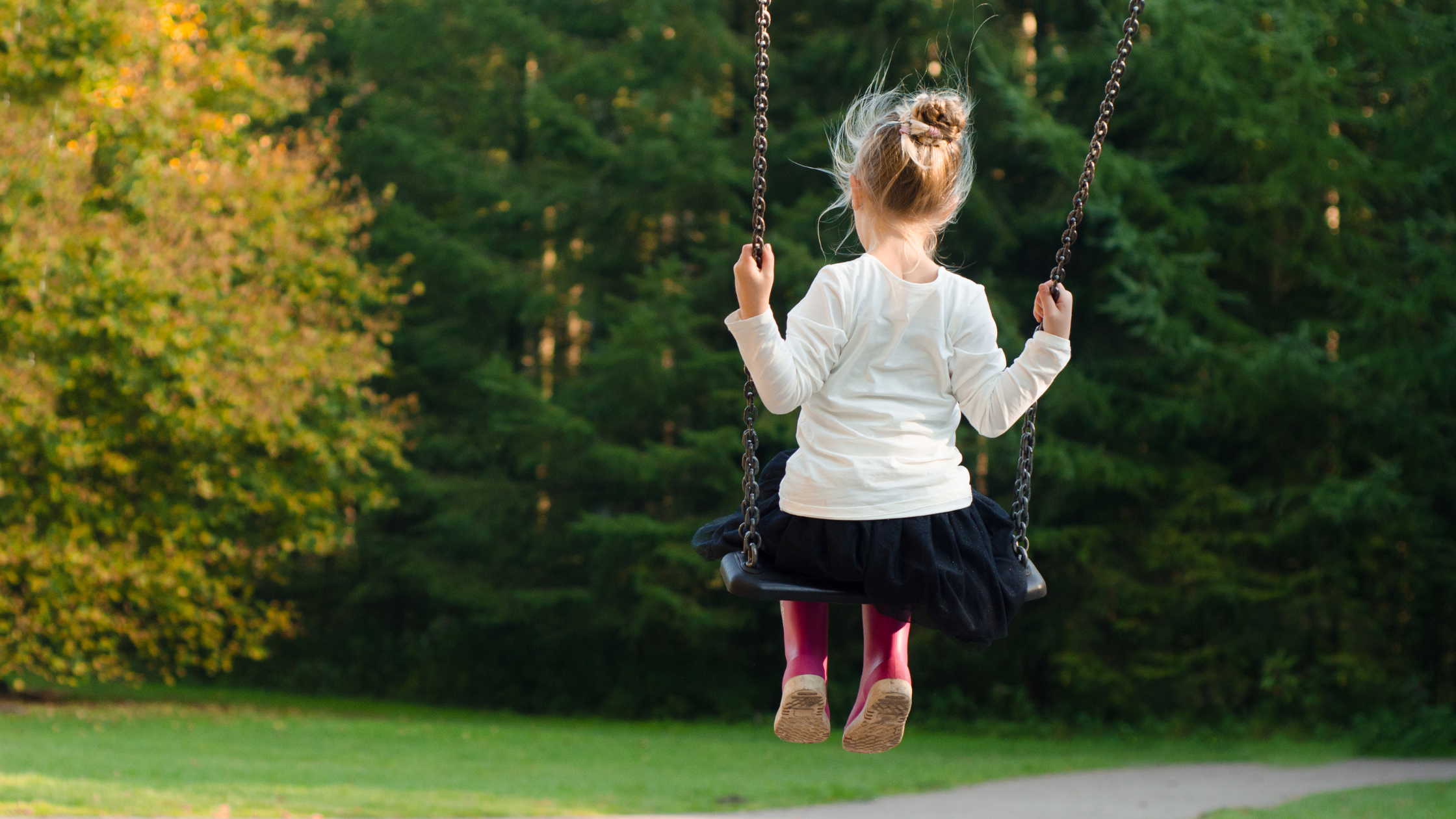Written by Jayneen Sanders, author, teacher, mother of three, and an advocate for the empowerment of children.
Talking to our children about body safety can be uncomfortable. What do we say? At what age do we start talking about this? Here are 8 tips that will guide your conversation.
1. From the earliest of years, encourage your child to talk about their feelings. This way they will learn from a young age how to express, manage and understand their emotions. Allow time for them to tell you exactly how they are feeling, and listen with empathy and intent. Provide a ready bank of ‘feelings’ words beyond ‘happy and ‘sad’.
2. Talk about feeling ‘safe’ and ‘unsafe’. Children find it hard to distinguish between the two. It is important they understand what it is to feel ‘unsafe’, so if ever they are feeling this way at any time, they can talk to you or another trusted adult straightaway. Explain that our body is amazing and when it feels ‘unsafe’ it always lets us know, for example, we might feel sick in the stomach or our heart might beat really fast. Tell your child that these are called their Early Warning Signs. Reiterate that if your child does feel any of their Early Warning Signs, they need to tell a trusted adult straightaway. Draw a body shape with your child and label their Early Warning Signs and discuss.
3. Allocate time for your child to choose 3 to 5 trusted adults that they could tell anything to, and they would be believed. These people are part of their Safety Network. One should not be a family member and all should be easily accessible by your child. Draw a large outline of a hand and have your child draw a picture of each person on their Safety Network. Add labels and phone numbers. Note: ensure you talk to these adults and let them know your child has chosen them and it is an honour.
4. Explain to your child that everyone has a body boundary. This is an invisible space around their body. No one should come inside their body boundary without them saying it’s okay (consent). Your child has the right to say ‘No’ to kisses and hugs if they want to. They can always give a hi-five or blow a kiss instead. Have your child outline their body boundary.
5. Teach your child to respect another person’s body boundary also, and that they need to ask for consent before entering it. That means, for example, if they want to hold another child’s hand, they need to ask permission. And if that child says ‘No’, they need to respect and accept that child’s wishes. Explain also that just because a person may say ‘Yes’ to handholding or a hug, consent can be withdrawn at any time.
6. Have your child practice the empowering ‘pirate stance’, that is, hands-on hips, legs slightly apart, shoulders thrown back and head held high. This is a very empowering stance and should be practiced regularly. Once in the stance, your child can also practice saying ‘No’ or ‘Stop! I don’t like that!’ Both these phrases are useful in bullying situations and also if anyone does try to touch their private parts. If your child can do this at 4 or 5 years old, then there is a good chance they will be able to do this at 13 or 14, and into adulthood.
7. From day one, call your child’s genitals by their correct names. Ensure your child knows that their private parts (including the mouth) are private. Explain that private means ‘just for you’. Tell your child that if anyone touches their private parts, asked them to touch their private parts, or shows them pictures of private parts, they need to tell a trusted adult straightaway! They also have the right to say ‘No!’ or ‘Stop’ before alerting an adult on their Safety Network.
At this point, talk about ‘public’ and ‘private’ places, for example, the kitchen is a public space but the bathroom is a private space. Ensure your child knows the difference. Let them know that it is perfectly okay for them to touch their own private parts in a private place such as their bedroom.
8. Talk about the difference between secrets and surprises, that is, secrets can be asked to be kept for a long time, whereas surprises will always be told and are only kept for a short time. Discourage the keeping of secrets in your family. Explain that your family has ‘happy surprises’ instead of secrets because happy surprises will always be told. Explain that if someone does ask them to keep a secret, they should tell that person that they don’t keep secrets. Reinforce that if someone does ask your child to keep a secret that makes them feel unsafe or uncomfortable, they must tell an adult on their Safety Network straightaway!
A few final hints!
1. Decide on a ‘family word’, for example, ‘pickles’ so if your child is somewhere without you, and they feel unsafe, they can ring and say ‘pickles’ which will alert you to the fact that they feel unsafe and need to be collected immediately.
2. Educate yourself in Body Safety; this includes signs of child sexual abuse and the grooming process.
3. Encourage your child’s school to teach Body Safety!
Click the image above to visit the Educate to Empower website.
Meet Jayneen
Jayneen Sanders (aka Jay Dale) is an experienced early years educator, author, publisher and blogger. Jayneen writes children’s books on Body Safety, consent, gender equality, respectful relationships and social and emotional intelligence. She believes empowering children from an early age makes for empowered teenagers and adults.
Jayneen is Lead Author for the children’s literacy series ‘Engage Literacy’ published by Capstone Classroom and has written over 130 titles for that series.
Jayneen is importantly a mother of three daughters and has always advocated for their empowerment. Her ongoing passion for the safety and empowerment of children continues today with new manuscripts and free-to-download resources always in the wings. Jayneen’s work can be found at www.e2epublishing.info and on Amazon.
















